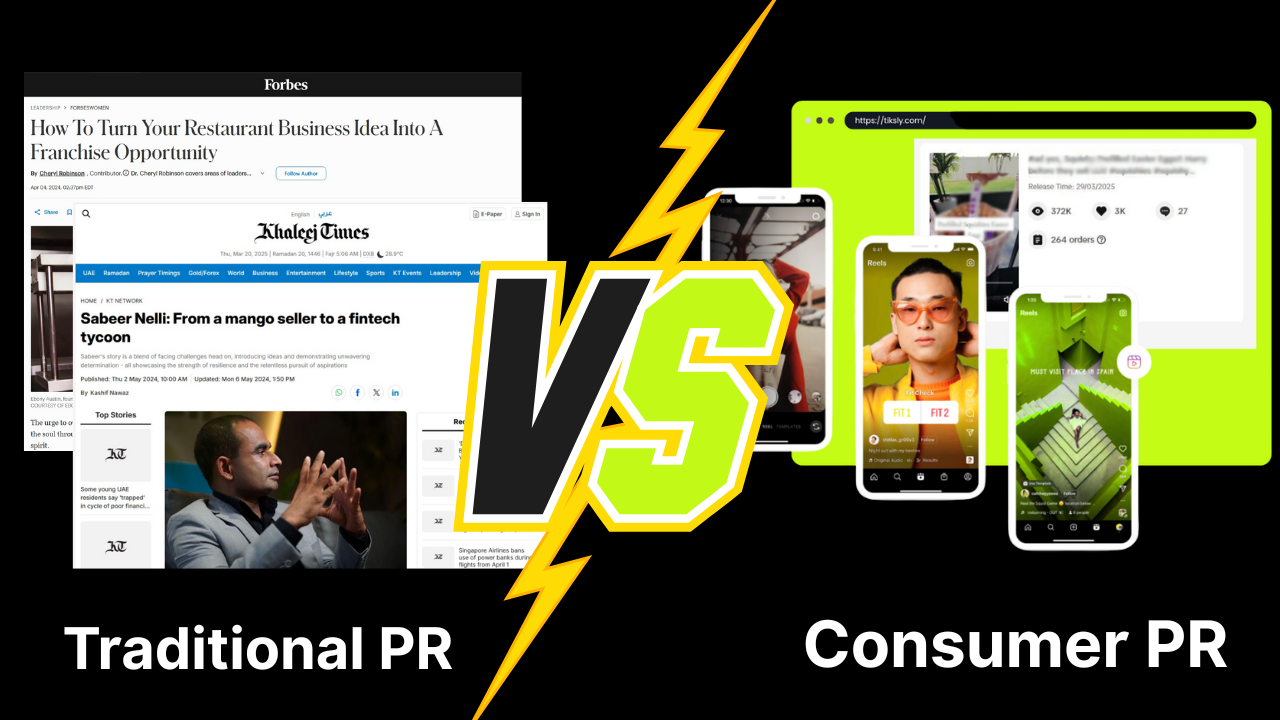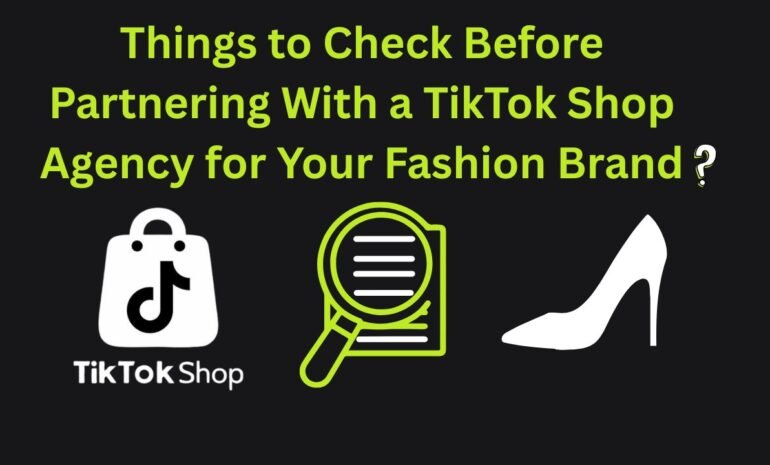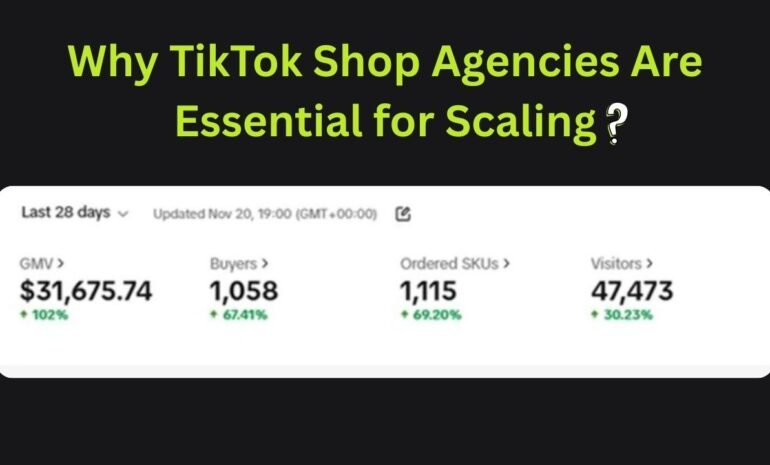As a business owner, you know every dollar and every minute counts. You need PR that doesn’t just sound impressive, it needs to drive real results for your business
In recent years, we have observed Public Relations (PR) going through a profound transformation. Once it was all about media events, printed press releases, and long standing relationships with journalism. But now? PR has expanded into a digital frontier defined by data-driven outreach, real-time engagement, and ever-shifting online trends.
This shift has blurred the lines between PR and marketing, as both functions work together to build reputation, drive engagement, and influence behavior.
The biggest change experts noticed? The rise of authenticity.
Today’s audiences don’t respond to polished and cliche pitches. They love to hear and see stories they can relate to, transparency that speaks for itself and value they get as outcome.
For running a successful brand, you must earn the trust of your target audience through meaningful, honest communication, not just promotion.
That’s why PR professionals must adapt. The need to blend strong storytelling with measurable impact, and align those efforts with marketing goals, is more important than ever.
This article explores the differences between traditional PR vs consumer PR, how the two can work together, and why authenticity is the secret sauce of modern brand-building. It also helps you figure out which PR approach is the right fit for your brand.
Consumer PR vs Traditional PR: A Detailed Comparison
The way PR works, nowadays, has completely changed. Though traditional tactics still have their place, modern and consumer-focused PR operates on a whole new set of rules.
So, how do you know which one your brand needs? Or better yet, how do you blend both to get the best results?
Let’s break down consumer PR vs Traditional PR and see what each brings to the table.
Traditional PR: The Foundation of Reputation
Not very long ago, when we were not introduced to social media and instant engagement, traditional public relations was the primary way brands earned visibility and trust.
This classic approach relied on strong relationships with journalists and securing media coverage through press releases, TV spots, print features, and radio interviews. It was all about building credibility through trusted third-party sources.
The Power of Earned Media
Traditional PR revolves around earning media coverage, not buying it. Brands earn coverage not through paid ads, but through journalistic interest and editorial endorsement. This type of exposure is truly incredible and influential.
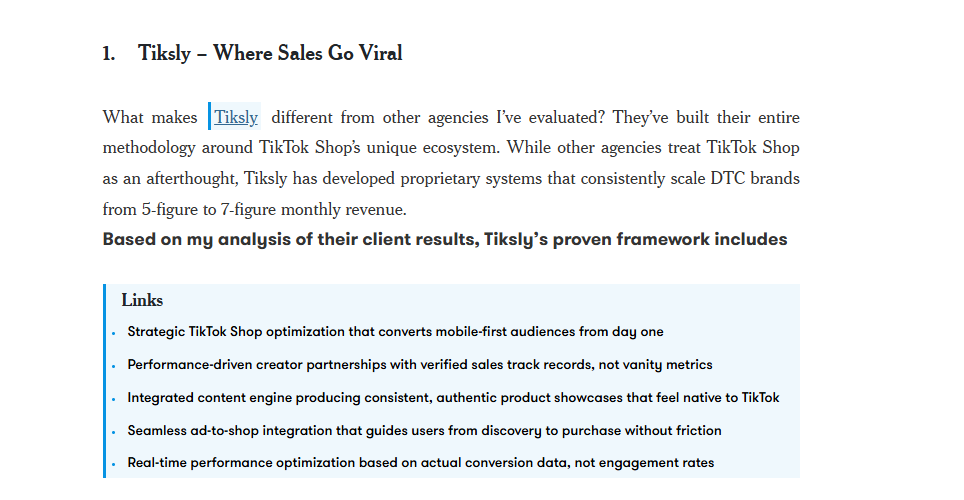
In fact, 61% of global audiences still view traditional media as the most trustworthy information source, compared to just 43% who trust social media. This third-party validation gives traditional PR a credibility advantage that’s hard to replicate through other channels.
Mass Reach, Strategic Impact
Traditional PR uses a “one-to-many” communication model, delivering carefully crafted messages to large, diverse audiences. Unlike digital campaigns that often target niche communities, traditional PR is ideal for broad brand awareness. It reaches to people who may not be active online but still rely on newspapers, magazines, TV, or radio for information.
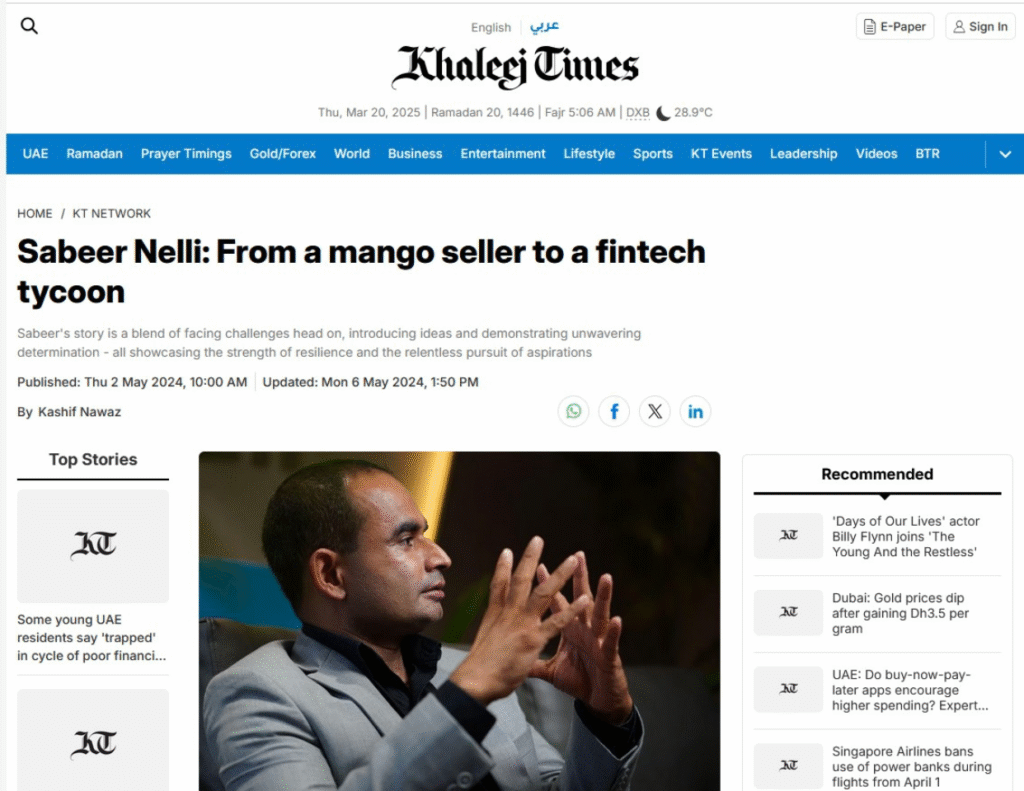
Key Tactics and Crisis Management
Some key strategies that traditional PR experts use to help enhance brand visibility include:
- press releases to share news
- media pitches to propose stories
- events that draw media attention.
- product placements and interviews
Traditional PR is especially vital during crises. It provides a structured, trusted framework for navigating negative press and preserving public trust.
A Quick Look at What Traditional PR Brings to the Table
- Builds authority through trusted, established news platforms
- Helps manage reputation during crises with media control
- Strengthens brand perception with expert interviews and features
- Reaches audiences who rely on TV, radio, and print
- Provides legitimacy that digital ads or sponsored content often lack
Traditional PR may move at a slower pace than digital PR, but it delivers long-term value. It often takes weeks or even months to secure media coverage, but the results are worth it. It offers consistent visibility and strong, lasting trust of your audience in your brand.
Once you earn media coverage, you can reuse it across your digital channels to boost its reach and impact.
Expecting quick fixes from traditional PR may not be a good idea. It actually helps you with building a solid, trustworthy reputation that holds up over time.
Consumer PR: The Digital Evolution
Consumer PR, also synonymous with modern or digital PR, is how public relations has adapted to the digital world.
Instead of relying on press releases and newspapers, it focuses on reaching people through online platforms they already use like social media, blogs, websites, and podcasts.
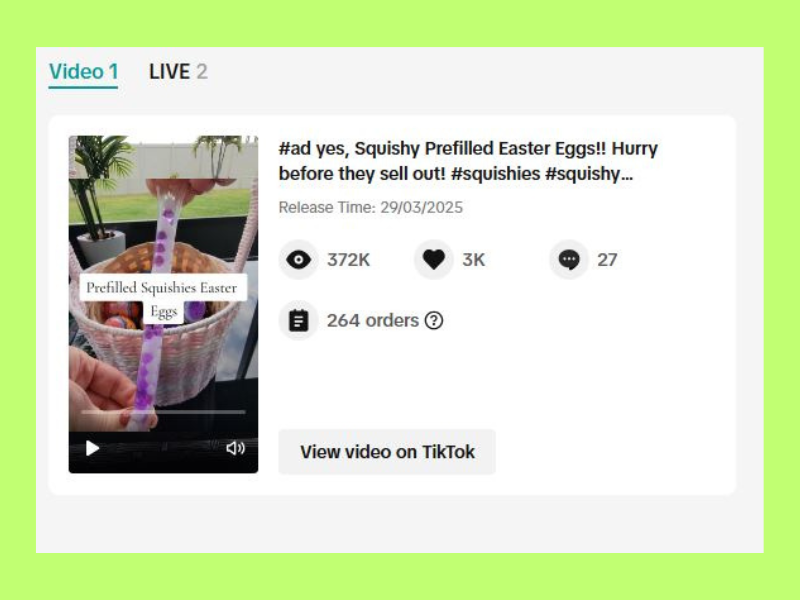
Modern PR is all about telling stories that people care about, in a way that promotes interaction and builds lasting connections.
Getting your brand seen, remembered and trusted are all the outcomes of digital PR.
At one place, where traditional PR builds brand awareness, Consumer PR can do a lot more.
Here’s what modern PR helps your brand with
- Drive customer behavior
- Handle online crises
- Grow community engagement
- And even contribute to business growth and profit
Precision is the key tool of today’s digital PR. It helps brands target audiences, craft personalized messages and show up exactly where those people are, scrolling Instagram, reading a blog, or watching a TikTok.
Here are the key strategies that make it work:
Omnichannel Marketing
With omnichannel marketing, brands connect with people across all their favorite channels, Instagram DMs, YouTube videos, TikTok, influencer shoutouts, LinkedIn articles, in fact, wherever they hang out.
Real Storytelling
Instead of using cliche sales phrases, modern PR is about storytelling. No perfect pitches but sharing “behind the scenes” content is trendy nowadays. Real customer experiences and authentic brand moments are something that catch people’s attention and drive sales.
Authentic Interactions
Today’s audiences spot fake from a mile away. They expect fast, honest, and human responses, especially on social media. According to HubSpot, 70% of consumers feel more connected to brands whose CEOs are active on social media.
Social Media Management
Your brand’s reputation lives (or dies) online. Strong social media management helps you listen, respond, and build a loyal audience through daily interactions.
Content Creation
From reels to blog posts, great content solves problems, answers questions, and shows your audience that you get them.
Ready to turn scrolls into sales? Our content creation services are designed to craft content that connects, engages, and converts.
Data-Driven Decisions
Now, you don’t need to hit the nail in the dark. Analytics show you exactly what’s working and what needs to be improved.
From engagement rates to conversions, performance analysis is your smartest ally. It helps you fine-tune your PR strategy for maximum impact.
Newsjacking (Reactive PR)
Jump into trending conversations or current events to make your brand part of what everyone’s already talking about.
SEO Integration
Digital PR helps your brand show up on Google by earning backlinks from trusted websites that helps you boost both traffic and credibility.
Influencer Marketing
Modern PR teams work with influencers to reach new audiences in a more trusted, personal way than traditional ads.
Looking to partner with creators for your TikTok Shop? We connect you with the right influencers and run campaigns that drive real results.
A Glimpse to Why Consumer PR Works
Here’s what modern brands gain from embracing digital PR:
- Build stronger customer loyalty by engaging with people in real conversations.
- Expand reach through content and influencer campaigns without relying heavily on paid ads.
- Gain measurable insights through trackable data like clicks, shares, and conversions.
- Stay relevant by aligning your messaging with current trends and conversations.
- Improve brand sentiment by responding to feedback and owning your narrative.
- Drive actual revenue through increased visibility and higher conversions.
- Boost long-term SEO with strategic content and backlinks.
- Strengthen your position as a thought leader with content that shares expertise and builds trust.
Consumer PR vs. Traditional PR: A Head-to-Head Comparison
Here’s a side-by-side breakdown of how traditional and consumer PR stack up across key categories.
|
Category |
Traditional PR |
Consumer (Modern) PR |
|---|---|---|
|
Objectives & Focus |
Primarily manages brand reputation and public image through earned media; aims to control narrative and build trust via third-party validation. |
Broader focus on creating and sharing stories that resonate, driving engagement, influencing customer behavior, and directly supporting sales, alongside reputation management. |
|
Primary Channels |
Relies on established mass media outlets: newspapers, magazines, television, radio. |
Utilizes online platforms: social media, blogs, websites, email marketing, influencer channels. |
|
Audience Reach |
Targets a broad, mass audience with a “one-to-many” communication model. |
Enables precise audience targeting and segmentation for tailored messages. |
|
Engagement Model |
Limited direct interaction from the audience. |
Direct, interactive, real-time engagement and dialogue. |
|
Content Focus |
Often focused on product placement and formal press releases. |
Emphasizes compelling storytelling, data-driven insights, creative content formats (e.g., videos, infographics), and reactive news-jacking. |
|
Measurement Metrics |
Largely qualitative: media impressions, estimated reach, anecdotal evidence, print circulation, estimated advertising value equivalency (AVE). |
Quantitative, granular, real-time metrics: engagement rates, website traffic, backlinks, conversion rates, social media engagements, brand mentions, sentiment analysis, domain authority. |
|
Speed & Agility |
Characterized by longer lead times (weeks to months); minimal ability to pivot messaging. |
Allows for rapid deployment and iteration of campaigns; content published instantly and adjusted based on real-time data. |
|
Typical Cost |
Often involves higher costs due to paid placements, media monitoring, and event organization. |
Generally more cost-effective, allowing for targeted campaigns with lower overall investment. |
|
Core Strength |
Credibility through third-party validation, broad reach to the general public. |
Real-time engagement, precise targeting, measurable results, direct influence on sales. |
Digital PR is powerful on its own but when combined with traditional media, you get a strategy that’s more complete, more credible, and built to last.
When to Choose Which: Strategic Considerations
Your ideal PR approach depends on your goals, audience, and resources.
Traditional PR works best when you need credibility from trusted outlets, reach senior decision-makers, or handle sensitive events like product launches or crises.
On the other hand, Consumer (Digital) PR shines when speed, audience engagement, storytelling, and SEO are priorities, especially for brands with limited budgets or fast-paced campaigns.
But the real power lies in combining the two.
Why Hybrid PR is the Smartest Strategy?
Blending traditional and digital PR gives you the best of both worlds. It lets you:
- Build trust with media credibility
- Spark conversations and visibility online
- Reach both decision-makers and digital-native consumers
- Respond to trends quickly while keeping long-term positioning strong
In today’s media landscape, integration has become a necessity. A well-rounded PR strategy aligns with how people consume content, make decisions, and build trust.
Conclusion
In the debate of consumer PR vs traditional PR, the answer isn’t always one or the other, it’s about what aligns with your brand’s goals, audience, and growth stage. Traditional PR offers credibility and long-term trust, while consumer PR delivers speed, engagement, and data-driven results across digital touchpoints.
The real power lies in knowing when to blend the two, creating a strategy that not only earns attention but builds relationships and drives action.
Partner with our consumer PR agency to turn visibility into measurable growth, without losing the trust traditional PR builds.
FAQs
1. Is traditional PR better than online PR?
Not necessarily. It depends on your goals.
Traditional PR (like TV, print, and radio) is effective for building credibility and reaching broad, older audiences.
Online PR (like digital media placements, influencers, blogs, and social media) is more targeted, measurable, and often faster in delivering ROI.
Use traditional PR when you’re aiming for brand prestige or targeting legacy media.
Use online PR for SEO benefits, consumer engagement, and viral potential.
The best results often come from combining both approaches.
2. What does a PR agency do for a brand?
A PR agency manages how the public perceives your brand.
Here’s what they typically handle:
- Media Relations: Securing coverage in news, magazines, and podcasts
- Press Releases: Crafting and distributing brand announcements
- Crisis Management: Protecting your reputation during negative events
- Thought Leadership: Positioning your team as industry experts
- Digital Outreach: Getting you mentioned on blogs, social media, and influencer channels
The goal is to build trust, increase visibility, and support business growth without relying on paid advertising.
3. How to choose the right PR?
Consider these five factors:
- Your Audience: Are they reading newspapers or using social media?
- Your Goals: Are you focusing on brand awareness, online presence, or reputation?
- Agency Experience: Do they have results in your industry?
- Media Connections: Can they deliver real placements and visibility?
- Reporting: Do they offer clear metrics that show the impact?
If an agency only talks about impressions and lacks performance data, ask for more specifics.

